When approaching the medicine of Hai Thuong Lan Ong Le Huu Trac, the medical community often studies the books: "Hai Thuong y tong tam linh", "Thuong kinh ky su"... However, there is a very special work that very few people pay attention to, which is "Nu cong thang lam".
“Nu Cong Thang Lam” is a work written by Hai Thuong Lan Ong Le Huu Trac in 1760, but it was not until 1971 that Le Tran Duc (Institute of Oriental Medicine Research) translated, transcribed and annotated it, and published by Women's Publishing House. However, only the part about traditional dishes has been published, while the part about occupations has been lost. “Nu Cong Thang Lam” is a record of food preparation and occupations that rural women often do such as: growing mulberry, raising silkworms, raising livestock, weaving... This is a rather unique work, not written about medicine but closely related to human health.
The work "Nu Cong Thang Lam" was written by Hai Thuong Lan Ong Le Huu Trac in 1760. ( Illustration photo from the Internet ).
Right at the title "Nu Cong Thang Lam", the author clearly stated his intention: "Thang Lam", that is, to examine the good work of women. In the introduction, Le Huu Trac wrote: "Books record raising silkworms, stories about mulberry trees. The story of the abandoned loom, history books discuss forever... That is to advise people to be diligent in weaving to have enough clothes for the daily life of the people. Women's work is roughly like that. However, being skillful in a hundred trades, knowing how to make all kinds of things for use, that is called "cong".
The book has outlined the food groups presented in “Nu Cong Thang Lam” including: jams, sticky rice, cakes, meat, vegetarian dishes, soy sauce, pickled vegetables, dried fish sauce, wine, fragrant flowers, dyes, and cooking utensils. There are a total of 152 dishes recorded carefully and meticulously, of which the most are cakes with 82 types, jams 35 types, sticky rice 16 types, vegetarian dishes and soy sauce each 9 types. Most of the dishes are specifically instructed by Le Huu Trac, from choosing the original ingredients, how to prepare, soak, clean, preserve... The processing methods are written quite simply, easy to do but very scientific, and highly popular. The materials to make the products are all things close to, closely associated with daily life such as rice, corn, potatoes, cassava, beans, peanuts, sesame, sugar...
Talking about the role of dishes, Le Huu Trac said: "In people's lives, if we only prefer delicious food to satisfy the tastes of our ears, eyes, mouth, and stomach, then we will inevitably be biased. So is it true that strange dishes and precious cooking utensils are only meant to be offered to one person to enjoy? As for the food for worship at temples, or for serving guests, it is necessary to harmonize and process it to make it delicious for people, to give the party flavor with special delicious dishes. So why do we have to imitate the countryside, which only needs a bowl of fragrant celery?"
One of the most popular dishes during Tet today is candied squash, over 250 years ago, Le Huu Trac described in detail how to make it in a book. Or like banh chung, the steps in the past are quite similar to today: “Wash the galangal leaves, crush them into water until thick, filter them. Wash the sticky rice, drain them. Immediately pour in the galangal water 2 or 3 times to make it green. Then sprinkle with ash water. For 5 bowls of quan dong rice, sprinkle with ash water until all the flowers are soaked, then mix in salt. For the filling, steam 2 bowls of ground beans, mix in salt to taste, slice the onions horizontally, 2 coins (pieces) of fat, wash the leaves in water, then wrap and cook until soft".
In particular, Le Huu Trac always emphasizes that almost all products when processed must be clean and hygienic, ensuring safety for users. Regarding the flexibility in food preparation, he wrote: "Nowadays, the kitchen makes a lot of meat, and processes it in many ways, both skillful and strange. But when eating, you must use the broth to make it, depending on the type to find it delicious and you should not be too particular about using only one type of salted plum to be skillful."
Reading “Nu Cong Thang Lam”, one not only learns more about the dishes but also feels each aroma, sweetness, color in each meal, the art of preparing dishes. It can be seen that Le Huu Trac was very meticulous and knowledgeable in the stages of preparing traditional dishes. He was not only an observer but also a quite proficient practitioner. In particular, in “Nu Cong Thang Lam”, the dishes recorded by Le Huu Trac are very diverse and rich, in addition to the native dishes of Huong Son region, there are also dishes from other localities such as bamboo rice, Vong green rice, Japanese soy sauce... The addition of Japanese soy sauce in Vietnamese meals also proves the cultural exchange between Dai Viet and the land of the rising sun that took place hundreds of years ago.
It can be said that “Nu Cong Thang Lam” has contributed to enriching the culinary culture of the Vietnamese people, showing the wonderful creative spirit of Vietnamese women. Nowadays, the dishes in “Nu Cong Thang Lam” have changed a lot to suit tastes, the processing methods are also more diverse and richer, however, if placed in the mid-18th century, this can be considered the superiority and great difference of Le Huu Trac compared to his contemporaries.
“The Book of the Female Artists” shows the abundant writing power and extremely creative writing ability of Hai Thuong Lan Ong Le Huu Trac. ( In the photo: Statue of Hai Thuong Lan Ong Le Huu Trac at the church in Quang Diem commune, Huong Son district ).
Until now, “Nu Cong Thang Lam” is still a valuable document to help research and study the culture and customs of the past of the nation, adding to the massive heritage of Hai Thuong Lan Ong Le Huu Trac, at the same time it also shows the abundant writing power and extremely creative writing ability of Hai Thuong Lan Ong Le Huu Trac. Through this, it is further affirmed that Le Huu Trac is not only a great physician, writer, poet, and cultural researcher of the nation, but also a leading “culinary expert” of Vietnam.
UNESCO's honoring of Hai Thuong Lan Ong Le Huu Trac - a Vietnamese man in the 18th century who cared about women's work - a very important criterion that UNESCO aims for - is completely worthy.
Dr. Nguyen Tung Linh
Dr. Nguyen Tung Linh
Source


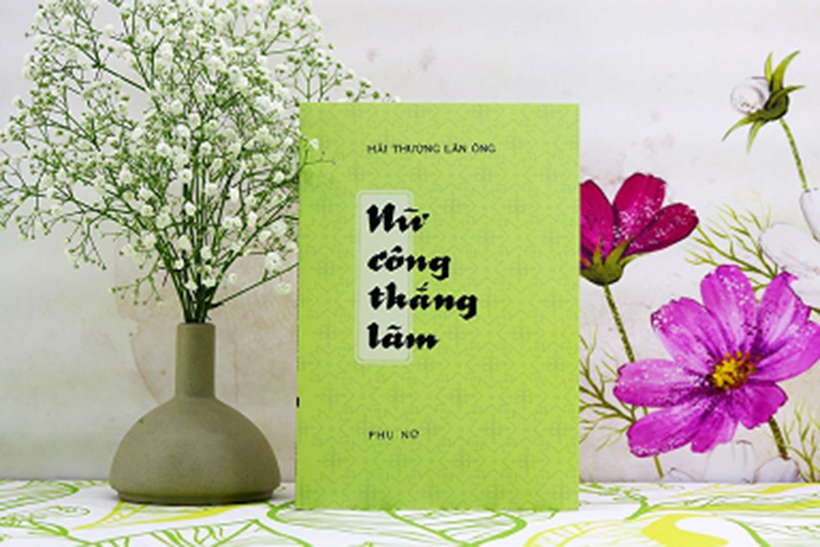
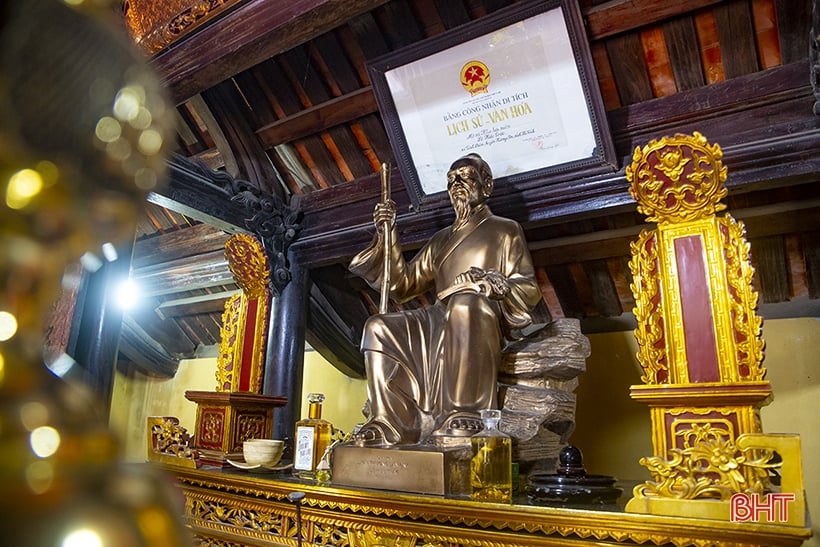
![[Photo] Promoting friendship, solidarity and cooperation between the armies and people of the two countries](https://vstatic.vietnam.vn/vietnam/resource/IMAGE/2025/4/17/0c4d087864f14092aed77252590b6bae)
![[Photo] Prime Minister Pham Minh Chinh and Ethiopian Prime Minister visit Tran Quoc Pagoda](https://vstatic.vietnam.vn/vietnam/resource/IMAGE/2025/4/17/18ba6e1e73f94a618f5b5e9c1bd364a8)
![[Photo] President Luong Cuong receives Kenyan Defense Minister Soipan Tuya](https://vstatic.vietnam.vn/vietnam/resource/IMAGE/2025/4/17/0e7a5185e8144d73af91e67e03567f41)
![[Photo] Warm meeting between the two First Ladies of the Prime Ministers of Vietnam and Ethiopia with visually impaired students of Nguyen Dinh Chieu School](https://vstatic.vietnam.vn/vietnam/resource/IMAGE/2025/4/17/b1a43ba73eb94fea89034e458154f7ae)
![[Photo] Welcoming ceremony for Chinese Defense Minister and delegation for friendship exchange](https://vstatic.vietnam.vn/vietnam/resource/IMAGE/2025/4/17/fadd533046594e5cacbb28de4c4d5655)
![[Photo] General Secretary To Lam receives French Ambassador to Vietnam Olivier Brochet](https://vstatic.vietnam.vn/vietnam/resource/IMAGE/2025/4/17/49224f0f12e84b66a73b17eb251f7278)
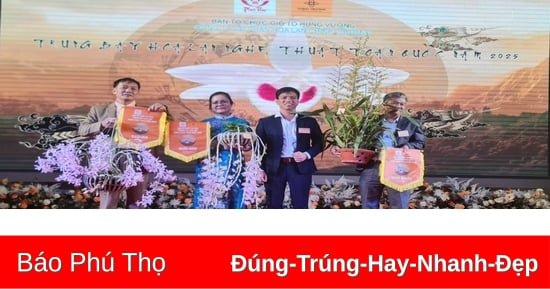
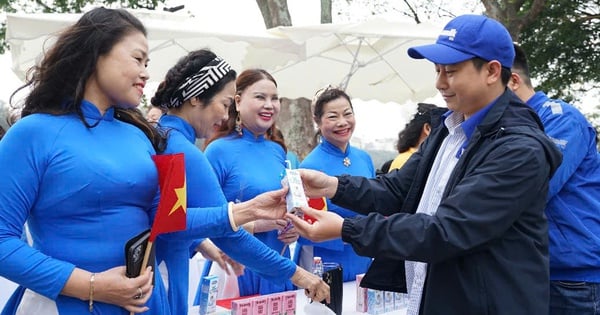

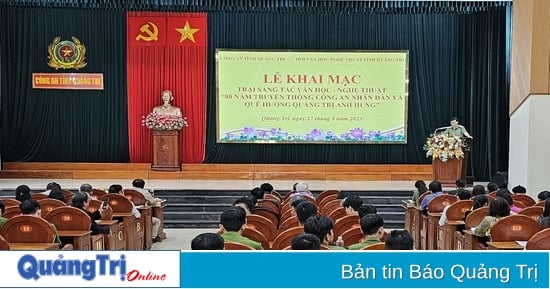



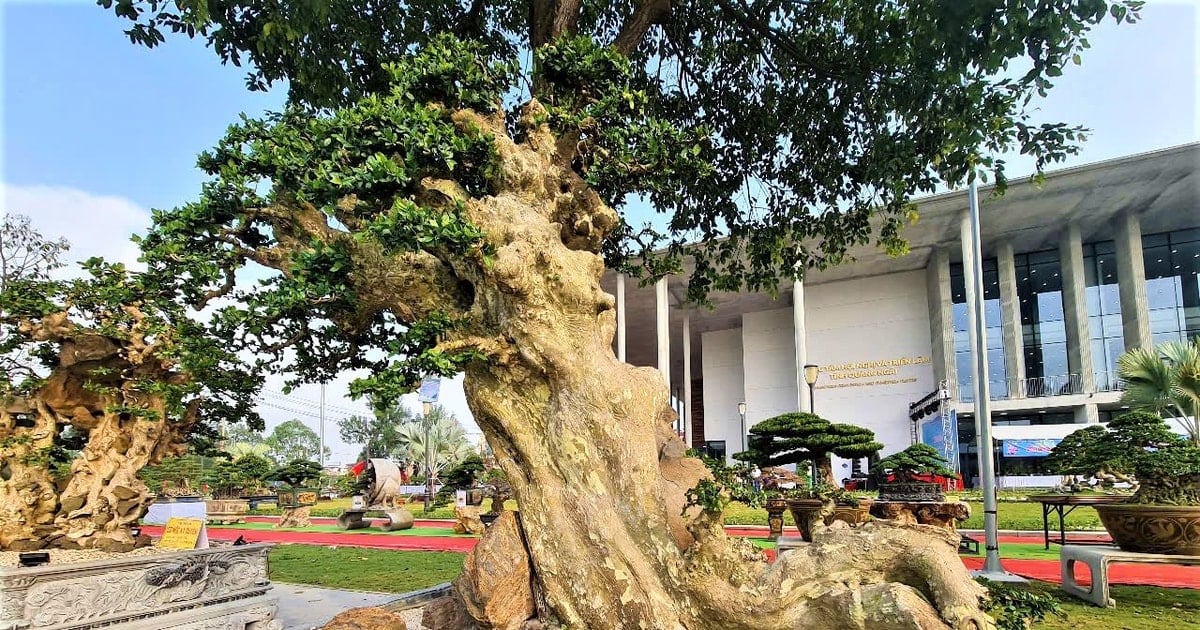



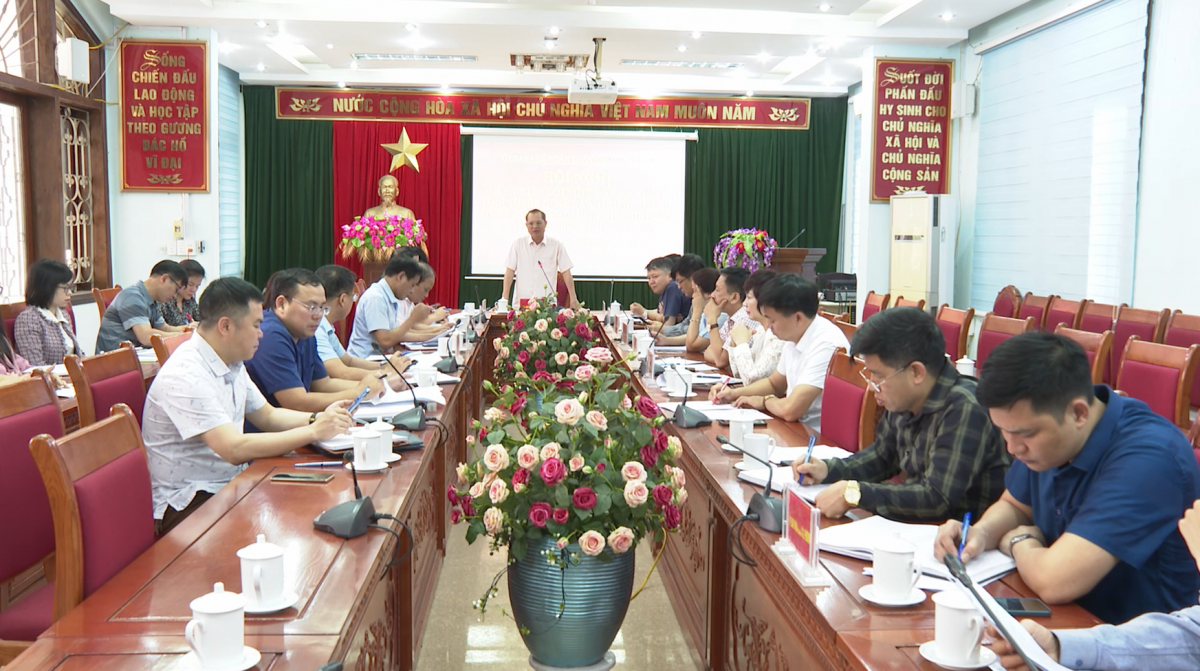
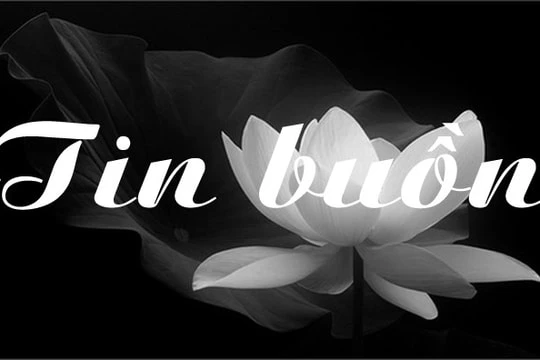
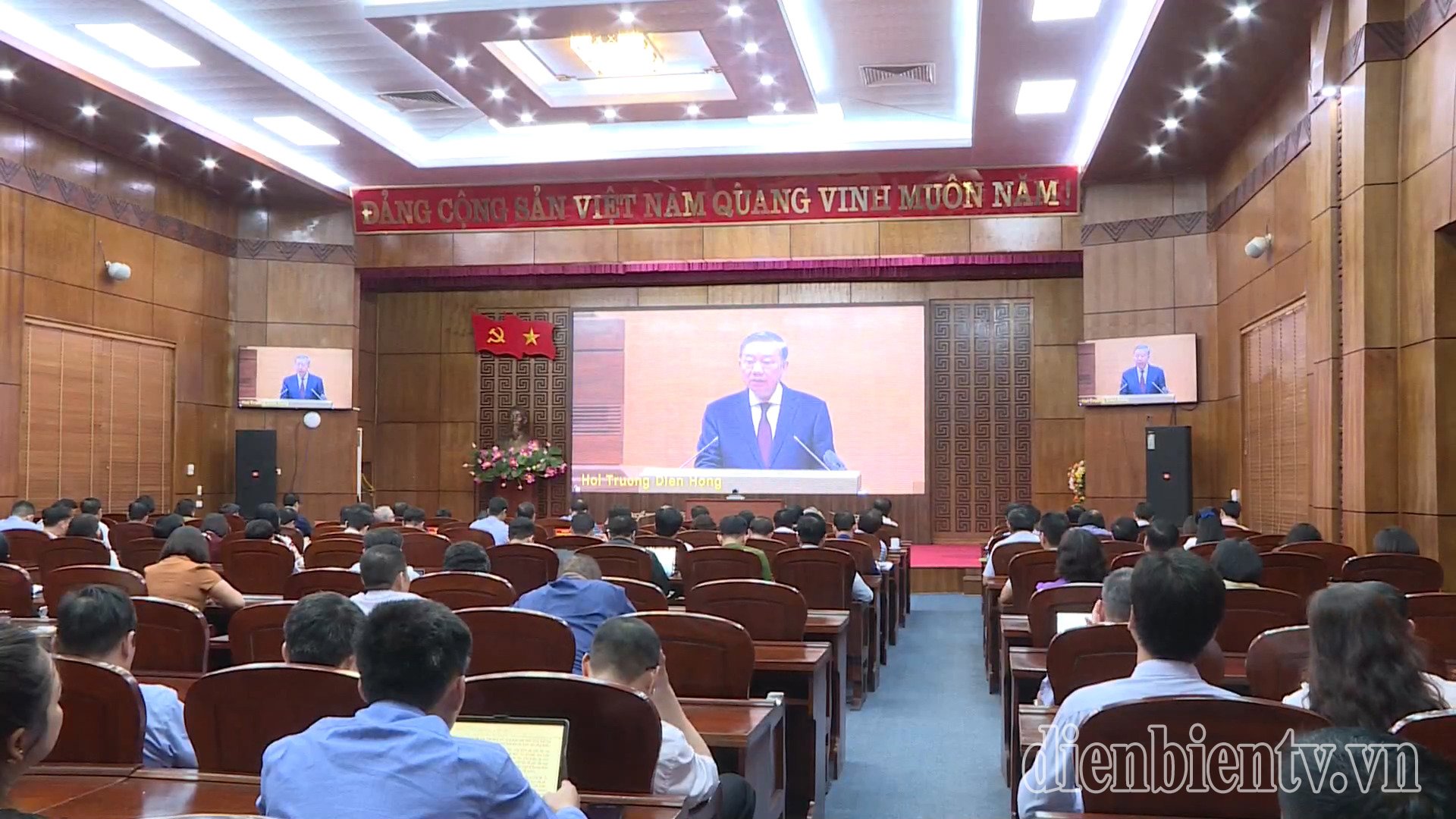


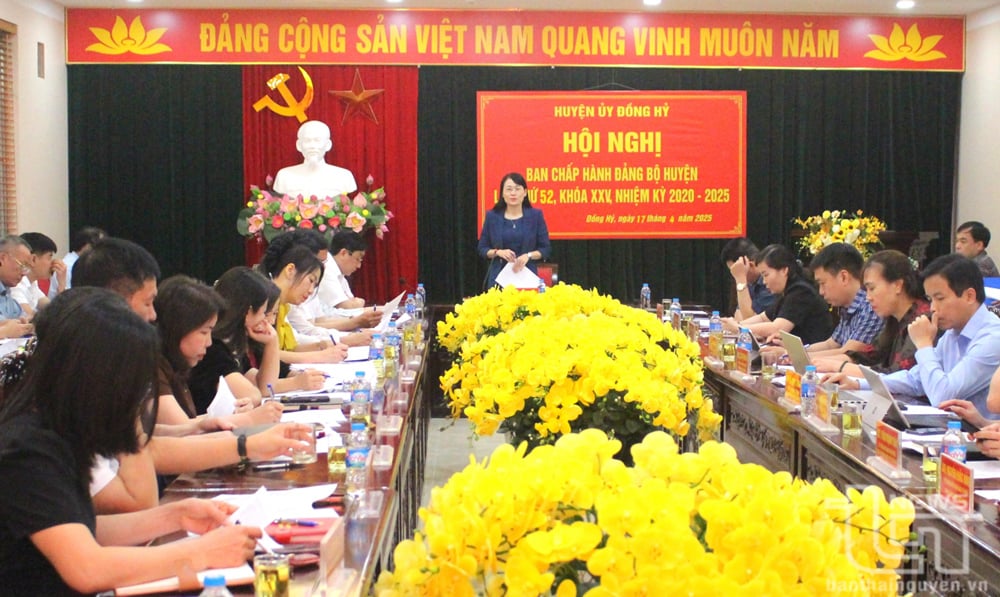






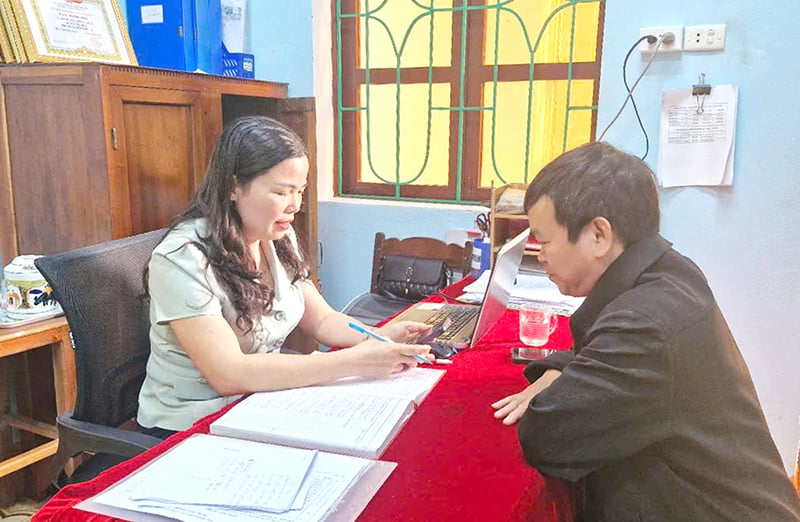

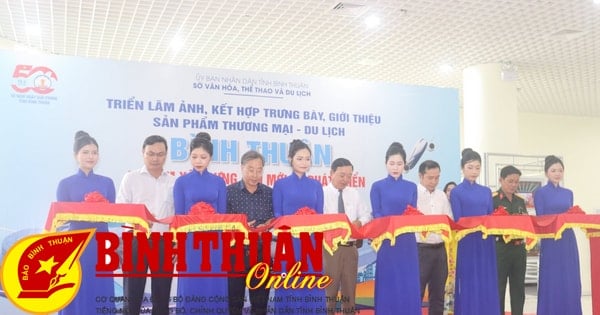
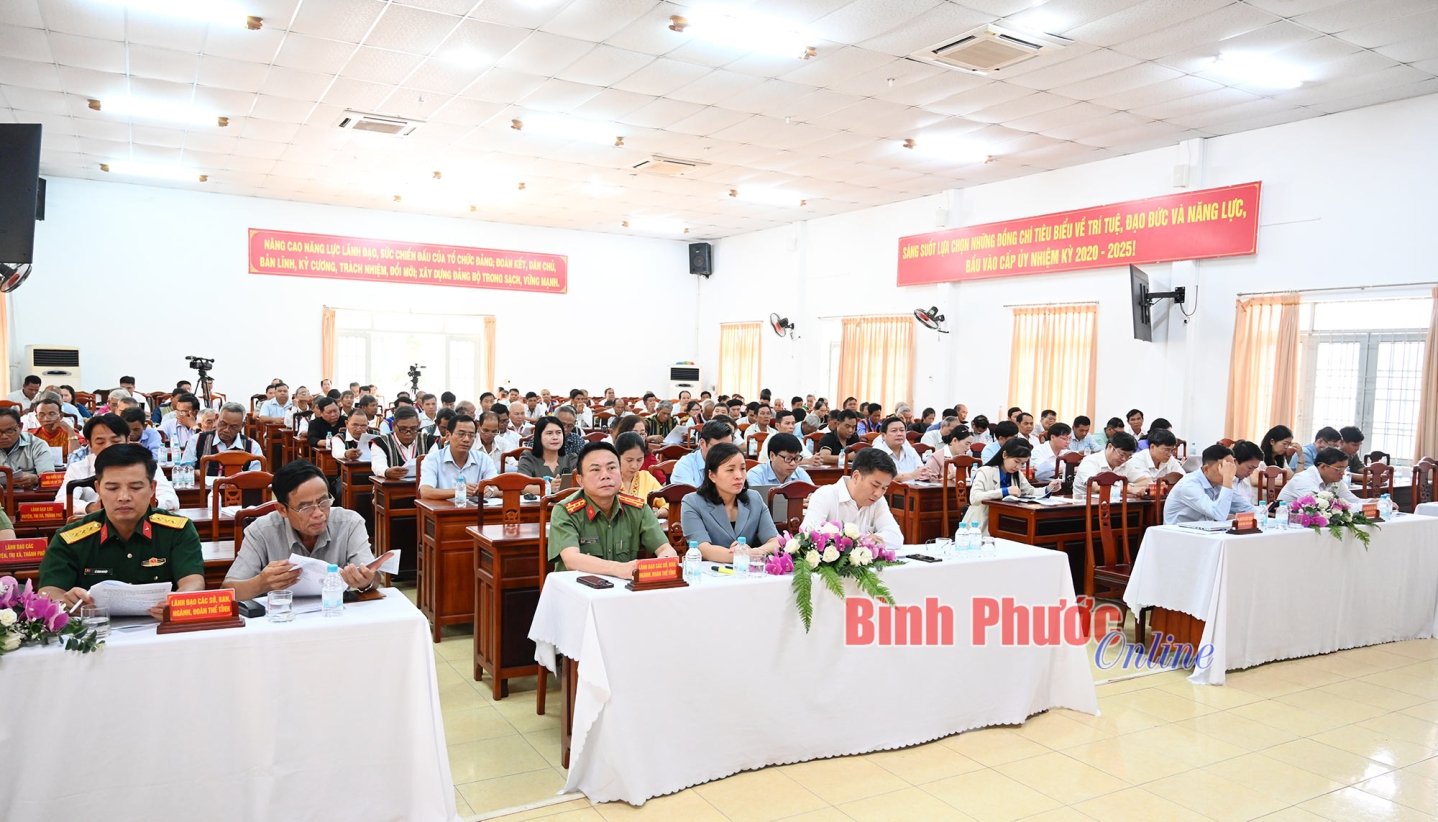











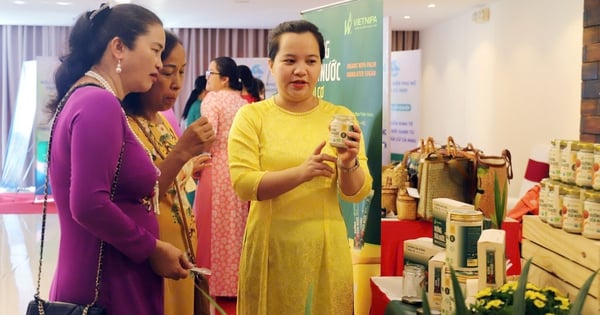






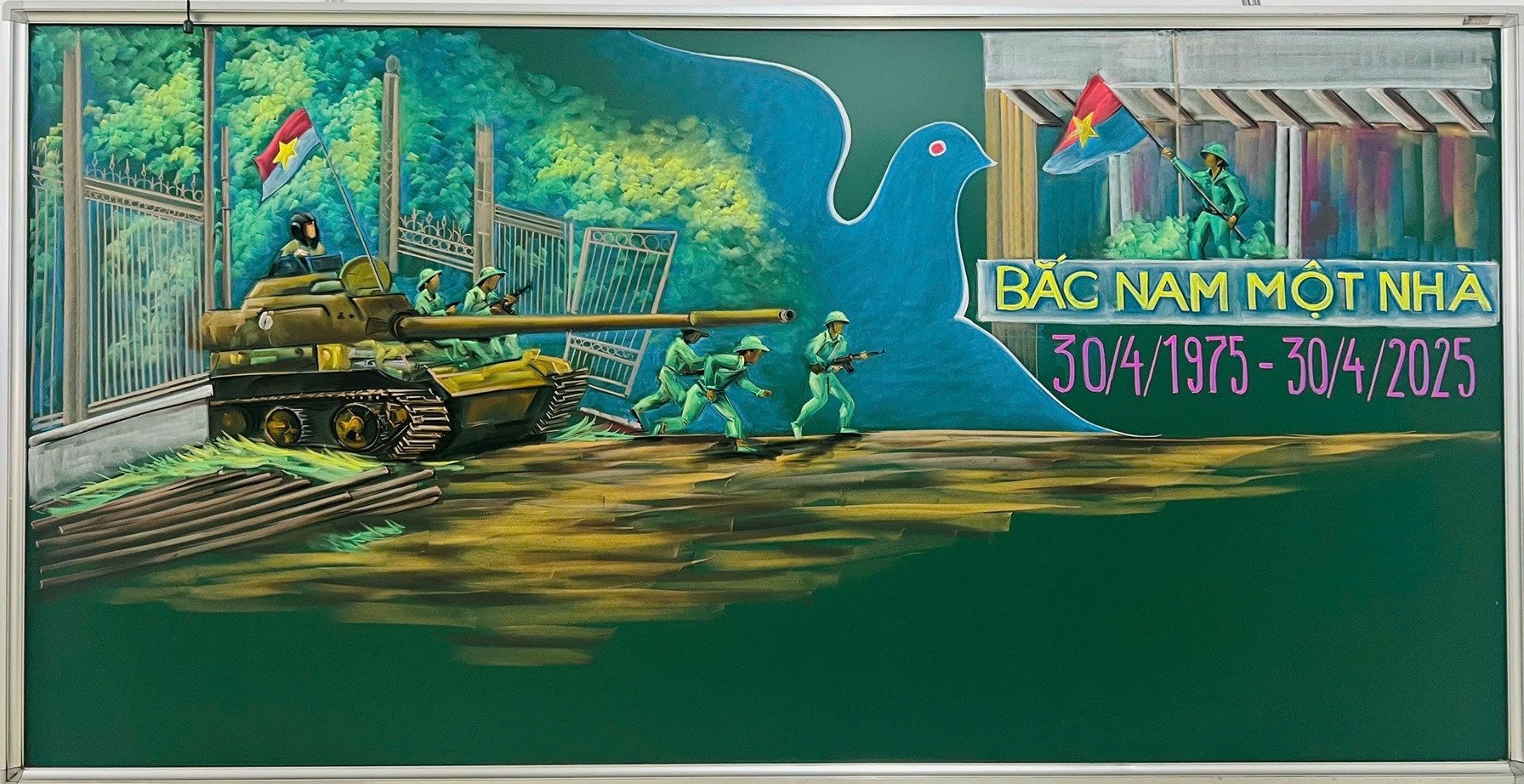








![[Video] Viettel officially puts into operation the largest submarine optical cable line in Vietnam](https://vstatic.vietnam.vn/vietnam/resource/IMAGE/2025/4/17/f19008c6010c4a538cc422cb791ca0a1)

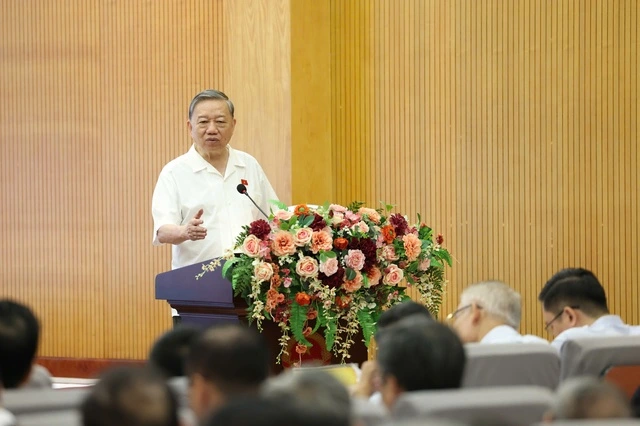



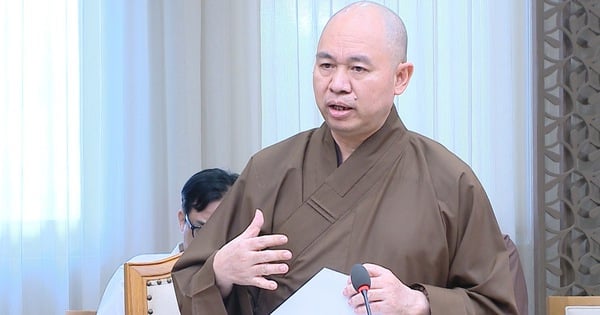








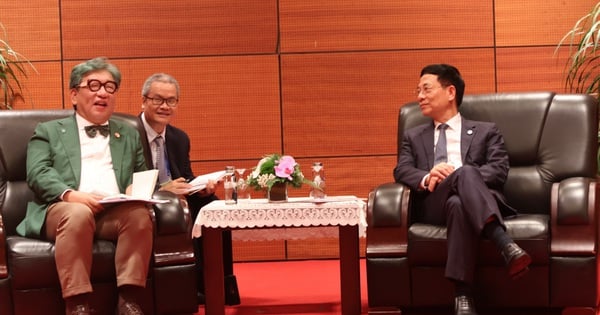




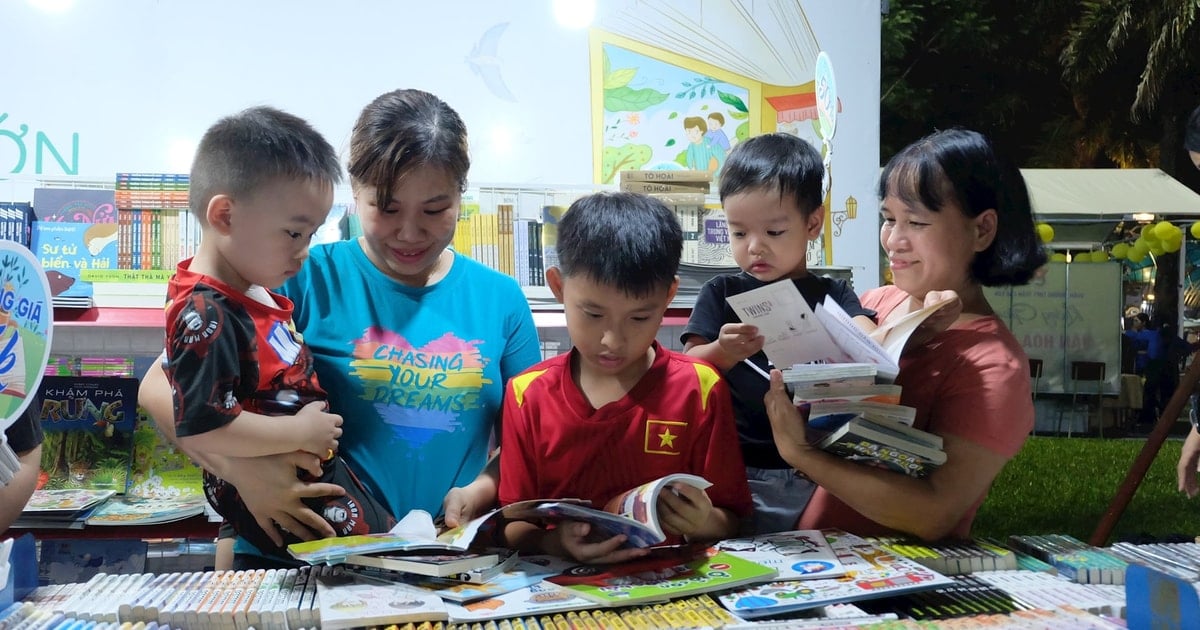






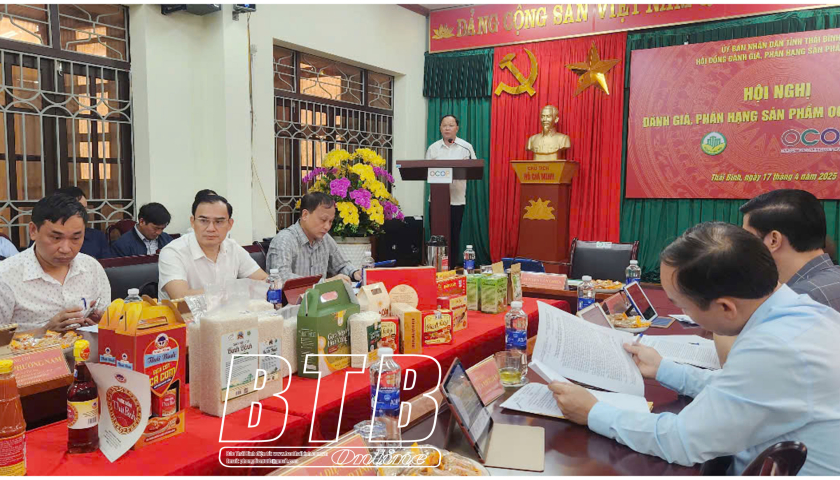


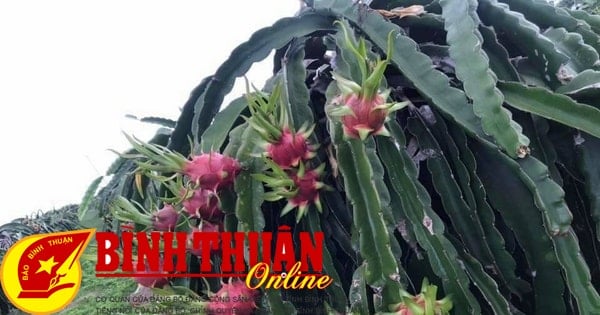

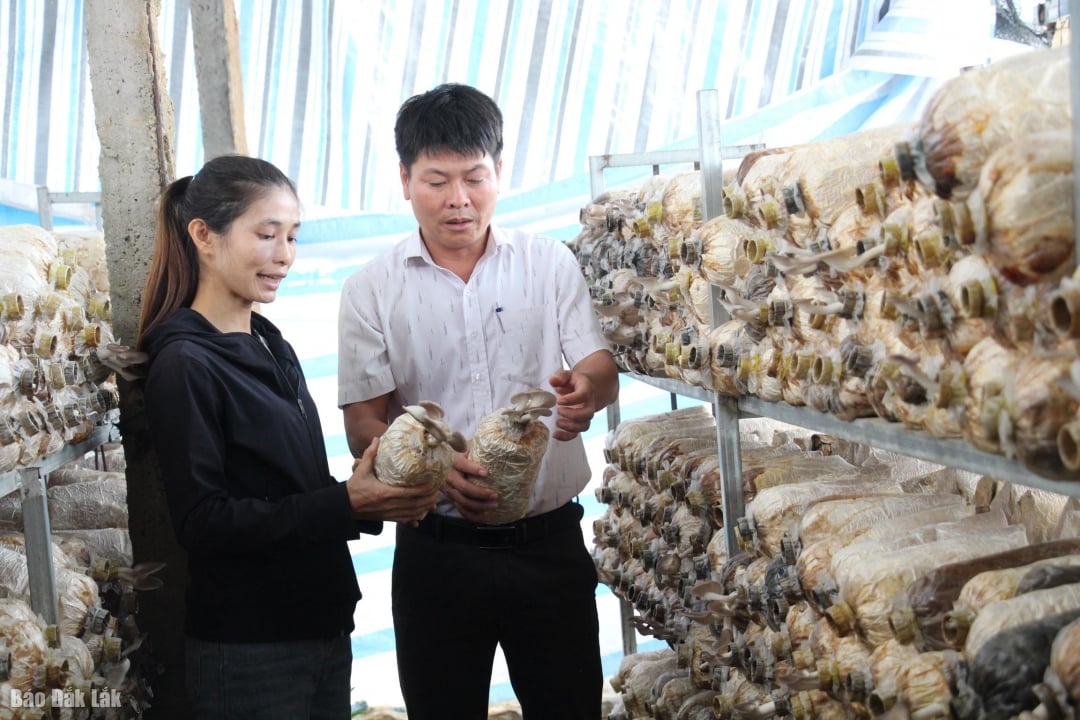







Comment (0)